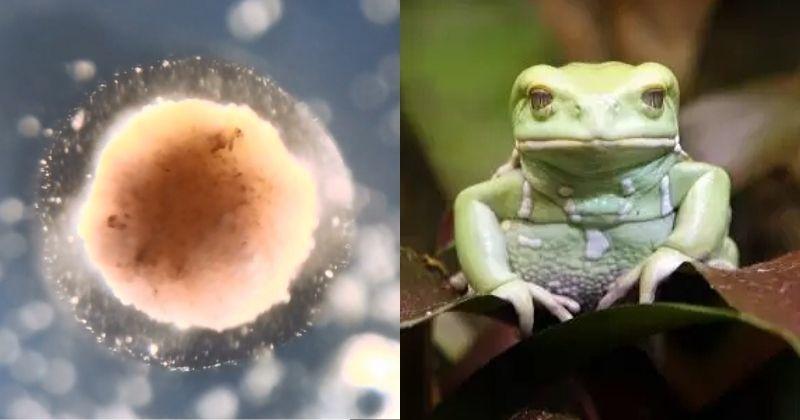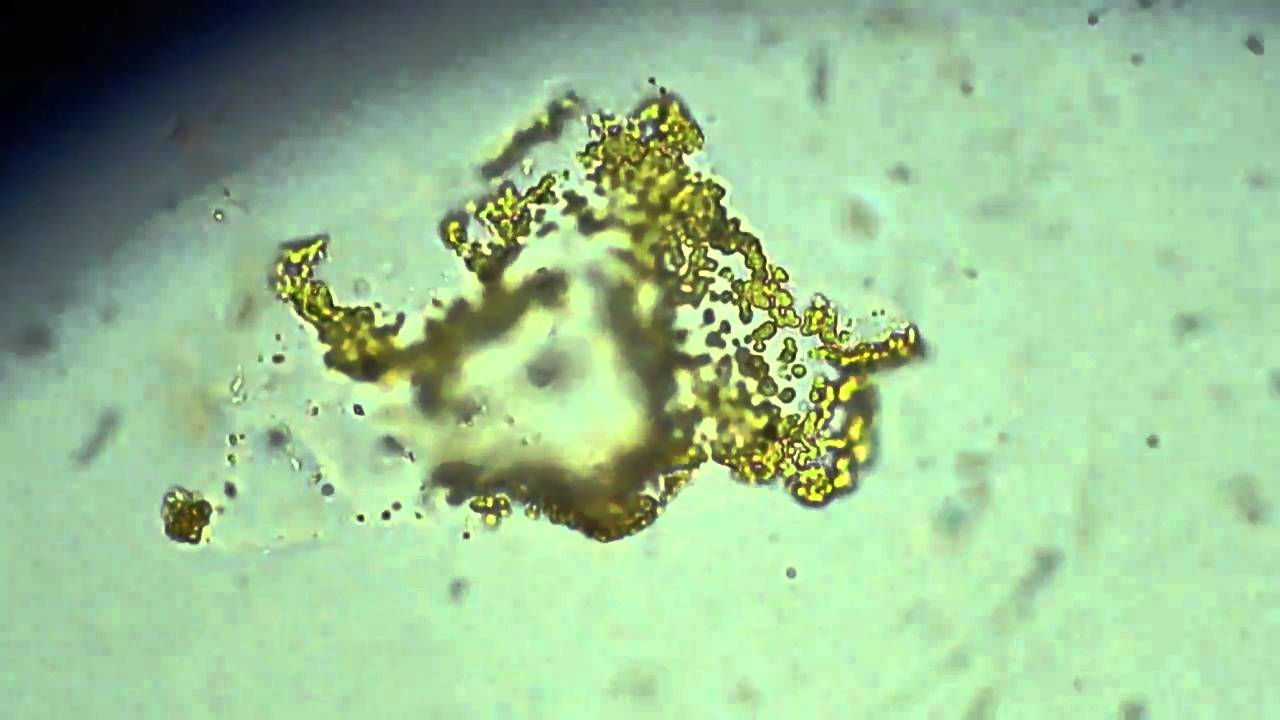
The first living robots from frog stem cells
A team of researchers have built what they claim to be the first living robots “xenobots,” , can move, pick up objects, and even heal themselves after being cut.
The team is hoping the biological machines could one day be used to clean up microplastics in the ocean or even deliver drugs inside the human body.
To build the robots, the team used living cells from frog embryos and assembled them into primitive beings.
These are novel living machines. They’re neither a traditional robot nor a known species of animal. It’s a new class of artifact: a living, programmable organism.
The millimeter-length robots were designed by a supercomputer running an “evolutionary algorithm” that tested thousands of 3D designs for rudimentary life forms inside a simulation. The scientists then built a handful of the designs, which were able to propel themselves forward or fulfill a basic task inside the simulation using tweezers and cauterizing tools.
The tiny robots had about a week to ten days of “power” courtesy of living heart muscle cells that were able to expand and contract on their own.
The biological robots have an advantage over their much larger metal or plastic brethren — they leave no trace behind.
These xenobots are fully biodegradable. When they’re done with their job after seven days, they’re just dead skin cells
They could be built with other cells, including blood vessels, or nerve cells, to gain cognitive capabilities.
 English
English Arabic
Arabic


